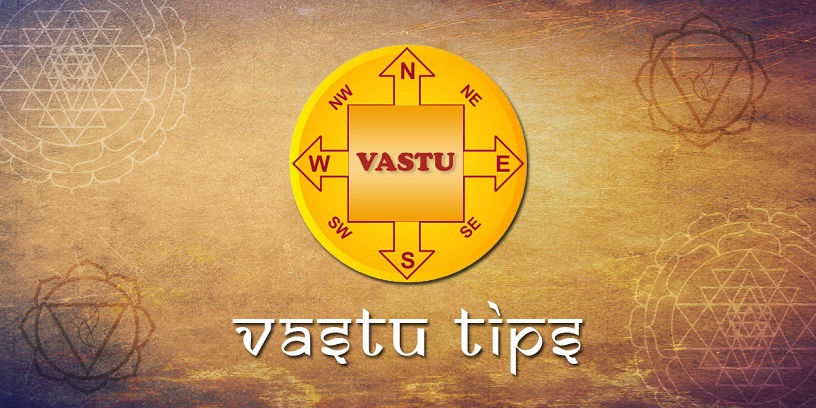Vastu Shastra is an ancient Hindu science of architecture and construction. It is based on traditional knowledge that helps in designing and building structures to promote harmony with natural forces. In Sanskrit, the term “Vastu Shastra” translates to “science of architecture”.
The key principles of Vastu Shastra include:
1. Five Elements (Pancha Bhoota): The concept of Vastu Shastra is based on the balance of five elements – Earth (Bhumi), Water (Jal), Fire (Agni), Air (Vayu), and Space (Aakash).
2. Directions: The proper orientation and placement of buildings and rooms according to directions (North, East, South, and West) are crucial in Vastu Shastra.
3. Symmetry and Proportion: It focuses on symmetry and proportion in the design of structures to ensure balance and harmony.
4. Energy Flow: It aims to ensure the proper flow of positive energy within the structure in order to enhance the well-being and prosperity of its residents.
5. Site Selection: Selecting the right location and preparing the land before construction are also considered important for a Vastu-compliant house.
In modern times, many architects incorporate Vastu principles into their designs to create spaces that are believed to bring health, happiness, and prosperity to their occupants.
Directions in Vastu Shastra:
The directions are crucial in Vastu Shastra. Ensuring everything is placed correctly when building a house is very important. The four cardinal directions and four ordinal directions in Vastu Shastra are:
East: The East is believed to be governed by Lord Indra, the king of all gods. He is believed to bring wealth and pleasures in life.
South East: The South East is ruled by Agni, the lord of fire. He is associated with cooking and food, which are vital for health and good personality.
South: The South direction is believed to be overseen by Yama, the god of death. He is thought to eradicate evil forces and supports dharma, promoting immunity to negative influences.
South West: The South West is directed by Niruti, the goddess of protection. She offers protection from evil and enemies, contributing to character, longevity, and demeanor.
West: The West is ruled by Lord Varun, the lord of rains. He is believed to bring prosperity and happiness through natural water and rain.
North West: The North West is believed to be governed by Lord Vayu, the god of winds. He is associated with health, strength, longevity, and positive changes in business and friendships.
North: The North is controlled by Kuber, the lord of wealth. He is known for bringing riches and financial prosperity.
North East: The North East is supervised by Ishaan, the lord of succession. He is worshiped for wisdom, knowledge, and success, while also relieving negativity and misfortune.
Vastu Shastra has been an important part of Hindu tradition for ages and continues to be so. It is valued for its traditional and scientific benefits.
Recommended reading: What are the metrics used for Land Measurement in Nepal?




